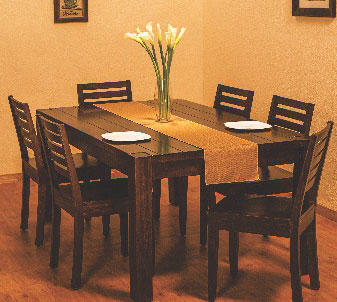Hemlock is firmly established as an outstanding wood for mouldings and interior woodworking. Other uses include doors, windows, floors, suspended ceilings, ladders and utility purposes where a high grade is needed. Hemlock is recommended in India for furniture, solid doors, finger joint door frames and other interior uses. Hemlock is also used for general construction, roof decking and plywood. It is popular for laminating stock and the production of glue-laminated beams sold into the Japanese market.


